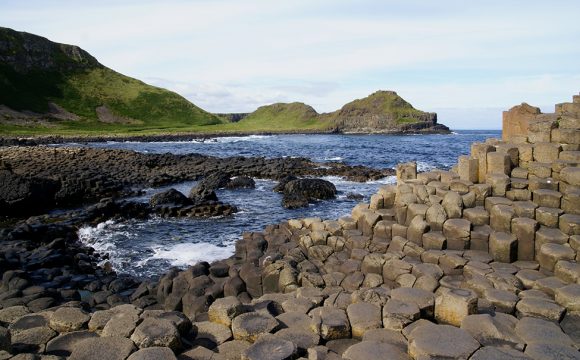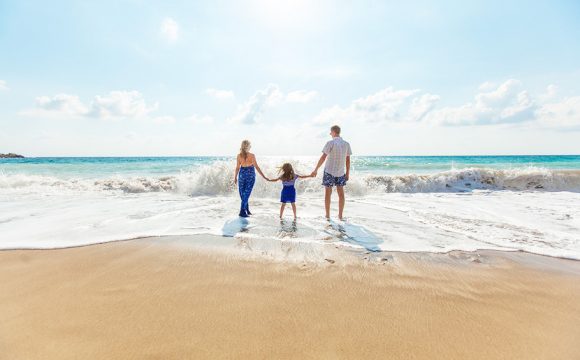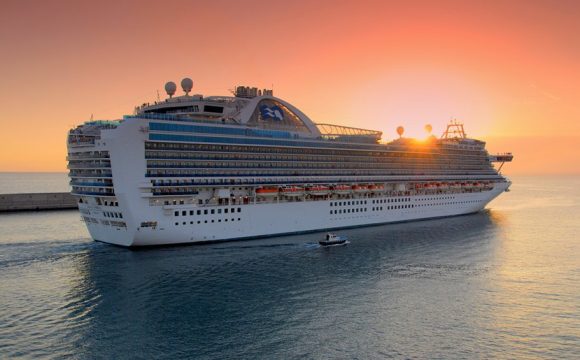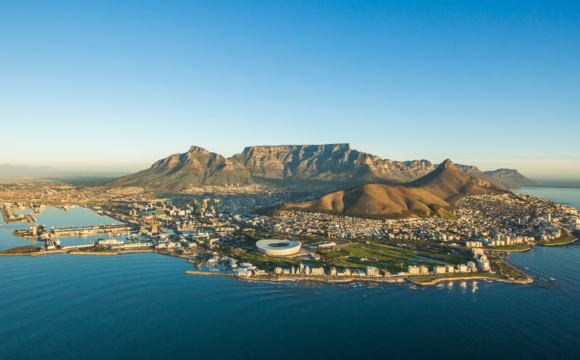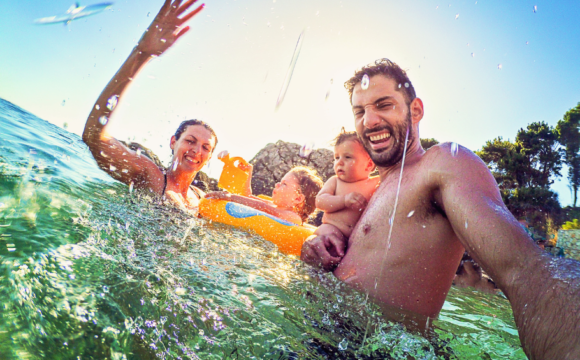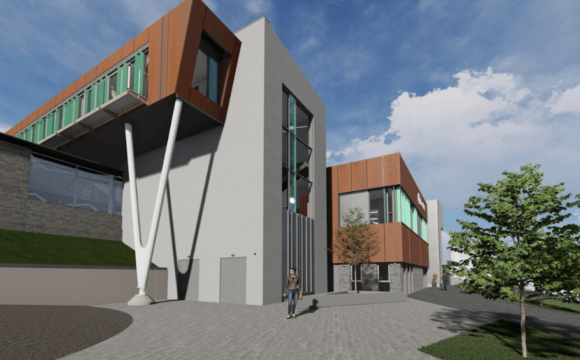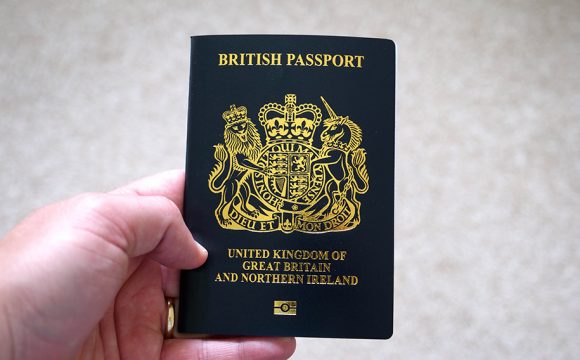The Dominican Republic is one of the most popular Caribbean destinations for UK visitors. People go to visit the beaches of Punta Cana, the culturally rich capital of Santo Domingo and to enjoy the superb facilities of the family and golf resorts in the south and east of the country. However, when international travel returns, visitors might want to try heading to the north, northeast or southwest of the island to uncover some hidden treasures, away from the tourists.
HIDDEN GEMS
LAS GALERAS
Off the beaten track at the far eastern end of the Península de Samaná is the small fishing village of Las Galeras. Few tourists make it here which means the area around Las Galeras offers some of the most untouched surroundings in the Dominican Republic. Visitors should venture out to Restaurant El Cabito to watch migrating whales and dolphins at sunset.
RIO YESICA BOAT TOURS FROM ISLABON VILLAGE
Just east of Cabarete, on the north coast, visitors can take a wooden boat trip to the “under the radar” Islabon village on the River Rio Yesica. Heading back via La Boca Grill gives guests an opportunity to enjoy a fresh Fish of the Day feast.
KAYAKING IN ESPAILLAT
The beautiful area of Espaillat is located between Santiago and Cabarete, on the North Coast. It is home to the River Yasica. Kayaking, in small groups, the river bank brings visitors close to nature and wildlife in a peaceful setting. Hiking and canyoning is offered to those wanting a more high-octane experience.
DUDU LAGOON CENOTE
Just off the north coast road of the Dominican Republic, between Cabarete and Samana is The Dudu Lagoon Cenote, a huge natural sink hole and cave, offering a remote and delightful spot for a cool refreshing swim in the clear blue waters, away from other tourists. Those who are brave enough can drop from the zipline into the cenote or chill-out in a second, smaller, pool.
STREET ART IN SANTIAGO, DOMINICAN REPUBLIC’S SECOND CITY
Whilst heading north, visitors shouldn’t miss out on Santiago, the Dominican Republic’s second city, The best way to explore the street art and murals is with a local guide and a favourite spot for sunset is the Peace Monument. A stop off at La Aurora Cigar Factory gives an opportunity to learn more about this important cultural tradition from a passionate guide.
ECO-GLAMPING AT LAGUNA DE OVIEDO
Those with an adventurous spirit should head close to the border with Haiti to see the stunning saltwater lake Laguna de Oviedo, located in the untouched Jaragua National Park in the south-west of the country. The lake sits higher than sea level, is bright green and packed with salts and minerals. Birdwatchers can spot pink flamingos, herons, gulls, the great egret, spoonbills, sandpipers, pelicans and parrots. Wildlife enthusiasts can get up close and personal with the Rhinoceros iguana, endemic to the Dominican Republic. Overnight visitors can stay in the eco-lodge Rancho Tipco which offers private glamping overlooking the beach.
HIDDEN BEACHES
Playa Rincon and Playa El Valle. On the north east coast, the Samana peninsula is ideal for those wanting a get-away-from-it-all experience and features a number of isolated beaches. The hard to reach Playa Rincon – accessed either by an off-road drive or a boat from nearby Las Galeras – is beautiful, with uncrowded sands, clear waters and virgin coconut forest. While around the bay and flanked by towering bluffs, and dotted with fishermen canoes, the undeveloped Playa El Valle is a great spot to get away from the crowds. Visitors can enjoy a seafood lunch on the beach, take a long hike through the rugged landscape and watch the fishermen bring in their catch.
Bahia de las Aguilas. Located near the border with Haiti, Bahia de las Aguilas is widely acknowledged as the most beautiful beach in the Dominican Republic. The five-mile sandy beach is part of the remote and beautiful Jaragua National Park. It is the largest marine protected area in the Dominican Republic and is untouched by development. Visitors can eco-glamp overlooking the beach at eco-lodge Rancho Tipco.
HIDDEN HOTELS
PUNTA RUCIA LODGE, PUNTA RUCIA
Nestled along the pristine waters and white sand beach of the North coast, this simple, yet stylish, resort and its 12 individual A-Frame bungalows are the definition of barefoot luxury. Punta Rucia Lodge offers an infinity pool, restaurant, terrace, bar, beachside spa, a private dock and even a helipad. Punta Rucia Lodge
ECOLODGE TUBAGUA, PUERTO PLATA
Located in the dramatic Cordillera mountain range, Tubagua is surrounded by nature and yet very close to Santiago, the Dominican Republic’s second largest city, in the fertile Cibao Valley, the heart of the county’s tobacco industry. The wooden houses and Robinson Crusoe style palapas look out over the garden with stunning views of the ocean and coast.
NATURA CABANA, CABARETE
Natura Cabana is an unspoiled, beachfront retreat that offers a supremely low-key, low-maintenance take on high-end tropical living. It boasts 12 beautifully-appointed bungalows, two restaurants, spa and yoga temple. The Natura restaurant is considered one of the country’s best places to eat. Inspired by environmental harmony, the architecture includes traditional palm thatched roofs and richly decorated interiors using wood, shells and stones.
CASA EL PARAÍSO, LAS GALERAS
A rustic getaway situated atop cliffs overlooking Samanaì Bay, Casa El Paraíso is surrounded by tropical gardens and offers stunning views. Drawing from natural and local materials, seven bungalows and a villa feature open-design floor plans that provide uninterrupted views of Samanaì Bay and a cool breeze year-round. Atlantic Humpback whales, migrating to this area every January to March, can be spotted from the property.
PLAYA GRANDE BEACH CLUB, CABRERA
An eco-resort retreat located on a one-mile long expanse of wild, virgin beach against a backdrop of lush low mountain forests, Playa Grande Beach Club is a collection of nine bungalows nestled on the beach and inspired by traditional Dominican colonial architecture. The low-key beach retreat has the intimacy of a friend’s private home with relaxed shared spaces, a library and a swimming pool at the edge of the beach. The Beach Club menu offers Caribbean cuisine and utilises the abundance of local and organic ingredients.
THE PENINSULA HOUSE, LAS TERRENAS
This family-owned inn sits on 15 verdant hillside acres on the Samanaì Peninsula, with views of the Atlantic in the distance. The Victorian colonial design evokes an eighteenth-century plantation house and six suites, uniquely decorated with the owners’ private collection of antique furniture and artworks. All have private terraces with stunning ocean views. Guests can enjoy the library, swimming pool, restaurant, private gardens and walks on ten miles of deserted beach.
DOMINICAN TREE HOUSE VILLAGE, SAMANAì
Deep in the lush jungle of the Samanaì province in the Dominican Republic, a grove of trees has been transformed into a paradise retreat. A large eco-lodge, crafted from local materials, features 22 open-air treehouse cabins. The lodge itself is an idyllic setting for romantic weddings, yoga retreats, or other special events, with a bar and kitchen where guests share family-style meals. Each cabin is perched high above the jungle floor.



